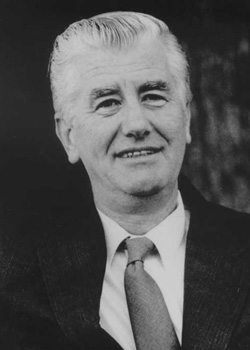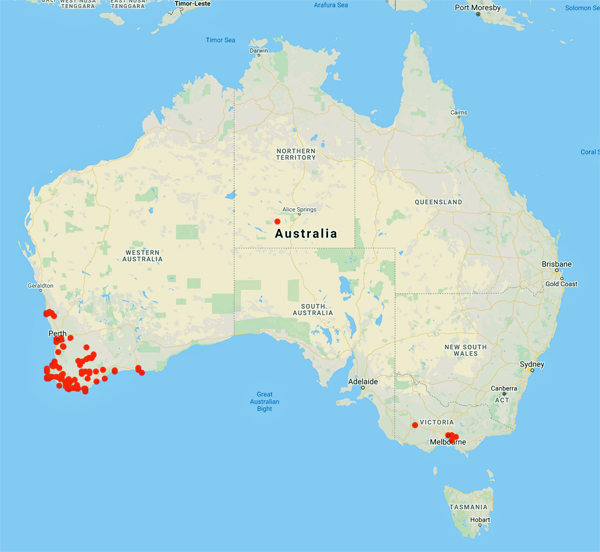 Churchill, David Maughan (1933–2019 )
Churchill, David Maughan (1933–2019 )
Born 25 February 1933 in Merredin, Western Australia; died 16 December 2019.
Attended primary
schools from Fremantle to Beverley and commenced
secondary schooling at the age of eleven at Christ
Church Grammar School, Perth.
David was
self-motivated from birth towards natural history.
An "untutored naturalist up until secondary school" (his own
words), he then met the noted ornithologist Dr Dom
Serventy whose stimulation awoke David's interest in
thorough scientific enquiry.
In 1961, after four years working as a Graduate Assistant at
the University of Western Australia while obtaining his PhD,
David became a Senior Research Assistant in the Department
of Botany, Cambridge University, England,.
In 1965 he returned to Australia as Senior
Lecturer in the Department of Botany at Monash University,
Melbourne, participating in establishing the newly-created
Department. He remained there until the end of 1971, being
Acting Professor and Chairman of Botany during 1969.
After an academic career, David Churchill was appointed Director of
the Royal Botanic Gardens and Government Botanist of Victoria from 14 April
1971 until 1985, when these positions were replaced by managers.
David introduced the computer era at the Gardens,
the computer listing of all garden plantings resulting in the
'Gardens Census' which simplified and sped up much of the
Gardens' planning and enquiry work.
He retired
on 9 March 1991.
His research interests ranged from taxonomic studies on
Borya to pollen, diatoms and vegetation surveys. His herbarium is
housed at MEL.
Sources:
Main text extracted from: A.E.Orchard (1999) A History of Systematic
Botany in Australia, in Flora of Australia Vol.1, 2nd ed.,
ABRS.
https://www.rbgfriendsmelbourne.org/wp-content/uploads/2020/05/Botanic-Mag-Volume-4web_Part2.pdf
Life dates taken from death notice published in The Age newspaper, 17 December 2019.
Photo: Royal Society Victoria (https://rsv.org.au) portrait.
Collecting localities for 'Churchill, D.M.' from AVH (2021)
Data from 286 specimens



 Churchill, David Maughan (1933–2019 )
Churchill, David Maughan (1933–2019 )